Concurrent Sessions VIII | May 1 | 10:00 AM – 11:30 AM
Session 8.1
NEPA | Federal Funds: Cost-Benefit Analysis for Local Governments
10:00 AM – 11:30 AM
| About the Presentation |
|
Local governments often seek federal funding for infrastructure projects, driven by the desire to address constituent needs and improve their communities. With the influx of IJIA funding and increased grant opportunities, more funds have become available to local governments. While these funds can be crucial for realizing local visions for communities, project implementation considerations such as budgets and schedule can influence project delivery. This panel will discuss factors that local governments are weighing in the decision to apply federal funds for infrastructure projects. Federal funds can extend project timelines. Depending on the scope and complexity of the project, accepting federal funding can add time to the overall project schedule which needs to be incorporated in the stakeholder expectations.
This added time is often attributed to the additional agency reviews, requirements, and processes associated with federal funding. One example is National Environmental Policy Act (NEPA) compliance, which requires analysis, coordination, and reporting with associated timelines. In addition to schedule extensions, federal funding can also increase project costs compared to a fully local-funded project. This panel will discuss best practices that local governments can employ when considering and using federal funding for implementing community visions. To comply with federal regulations, projects may require additional resources for tasks such as environmental surveys, reports, project management, public involvement, and NEPA analysis. These additional resources and requirements can increase the overall cost of a project.
To secure federal funding, projects must meet specific criteria, including a justifiable need and purpose, independent utility, and logical termini. This can sometimes lead to adjustments or modifications to the originally proposed project to align with federal guidelines. While these changes may be necessary to secure funding, they can also impact project scope and goals.While federal funds can be a valuable resource for local infrastructure projects, consideration of the associated schedule delays and budgetary implications is essential. Local governments should evaluate the potential benefits and drawbacks before accepting federal funding. By understanding the factors involved and making informed decisions, local governments can navigate the complexities of federal funding and deliver infrastructure projects that meet the needs of their communities.
Learning Objectives
- To provide local government officials with a clear understanding of the potential benefits and drawbacks of federal funding for infrastructure projects.
- To identify and discuss the key challenges and considerations that local governments should carefully weigh before accepting federal funds, such as schedule delays, increased budgetary demands, and potential project modifications.
- To share best practices and strategies for navigating the complexities of federal funding, including tips for minimizing delays, managing increased costs, and ensuring project alignment with federal guidelines.
|
| About the Speaker(s) |
|

|
Aaron Caldwell
Environmental Planning Manager
AECOM
Aaron Caldwell is an Environmental Planning Manager at AECOM's Georgia Transportation practice. With over two decades of experience, he specializes in streamlining complex environmental reviews to deliver essential transportation infrastructure projects for state and local governments. His expertise spans NEPA documentation, environmental impact assessment, permit acquisition, and project management.Aaron's diverse project portfolio includes capacity improvements, bypasses, safety enhancements, operational optimizations, tolled facilities, trails, streetscapes, pipelines, utilities, residential development, and security infrastructure. Aaron holds a Master of Science in Wildlife from Louisiana State University.
|
|

|
Courtney Frisch
Senior Transportation Planner
AECOM
Courtney Frisch is a transportation planner with AECOM and has over 10 years of experience working in both the public and private sectors. Courtney is skilled in public engagement and education, consensus building and facilitation, grant and contract administration, ordinance and policy development, comprehensive planning, and long-range multimodal and transit planning. Prior to her time with AECOM, she held the positions of Assistant Director of Public Works for the City of Chamblee, Georgia, and Project Manager for the City of Decatur, Georgia. Courtney holds a Masters of Urban and Regional Planning from Florida State University. Currently, Courtney is assisting clients manage federally funded programs and projects including the Safe Streets and Roads for All (SS4A) and transit funds.
|
|
|
Faye DiMassimo, Fellow of the American Institute of Certified Planners
Chief of Planning and Economic Development
City of Savannah
Faye DiMassimo currently serves as the Chief of Planning & Economic Development for the City of Savannah, Georgia. With over 40 years of experience in local government, federal agencies, consulting, and academia, Faye brings a unique perspective to the challenges and opportunities facing local governments. She has held leadership roles in numerous municipalities, including Atlanta, Nashville, and Cobb County, as well as the Federal Highway Administration. Faye's deep understanding of complex funding mechanisms allows her to effectively analyze the costs and benefits of various projects. She holds advanced degrees in Community Planning and Public Administration from Auburn University and is a trusted advisor to the Savannah City Manager on all planning and economic development initiatives.
|
 |
Michelle Hirose, PE
Public Works Deputy Director
City of Dunwoody, Georgia
Michelle Hirose, PE, is the Public Works Deputy Director for the City of Dunwoody, Georgia, with over 24 years of experience in delivering federally and locally funded capital projects for both local and state governments. She is a skilled transportation engineer, specializing in design and project management for large-scale, multi-disciplinary projects involving state and local municipalities. In addition to her role in Dunwoody, Michelle serves as a construction manager on federally funded projects with PATH Foundation, a non-profit organization dedicated to connecting metro Atlanta communities through a network of trails.
Previously, she was the Deputy Program Manager for GDOT’s Safety and Operations Program and served as the City Engineer for the City of Decatur, Georgia. Michelle holds a Bachelor of Civil Engineering from the Georgia Institute of Technology and is a licensed Professional Engineer.
|
 |
Abdul Choudhry
Environmental Planner
AECOM
Abdul Choudhry is an Environmental Planner at AECOM in Atlanta, Georgia, with over 6 years of experience in environmental planning for transportation and infrastructure development across Georgia, Texas, Tennessee, and California. He specializes in NEPA documentation, air and noise impact assessments, and public involvement for transportation projects in both urban and smaller communities.
Abdul has worked with various clients, including the Federal Highway Authority (FHWA), Georgia Department of Transportation (GDOT), Texas Department of Transportation (TxDOT), Tennessee Department of Transportation (TDOT), California Department of Transportation (Caltrans), and several Georgia municipalities. His expertise includes preparing NEPA, GEPA, and CEQA documents, conducting environmental justice and cumulative effect studies, and coordinating with multidisciplinary teams.
|
Back to Top
Session 8.2 A
Biological Resources | Saving Biodiversity: Everglades Tree Island Monitoring and Restoration
10:00 AM – 10:30 AM
| About the Presentation |
|
Historically, the Everglades spanned across one third of the state of Florida, with water flowing naturally from the Kissimmee River, down through Lake Okeechobee all the way to the Florida Keys. However, when development began in the late 1800s these massive wetlands started being channelized and drained to create livable urban and agricultural lands. The disruption of the Everglades' natural hydrology has led to the degradation of many components of Everglades ecology, including tree islands. Tree islands are a major ecological feature across the Everglades landscape that act as biodiversity hotspots, providing scarce terrestrial and semi-terrestrial habitat during seasonal high-water conditions. The loss of tree islands, both in number and areal coverage, within the Everglades Water Conservation Areas (WCAs) has been largely attributed to water management-related high-water levels.
In response, the Central Everglades Planning Project (CEPP) was developed to restore hydrologic connectivity between the WCAs and alleviate deep water conditions in the wet season. These hydrologic restoration efforts are expected to improve conditions for the tree islands, but negative impacts from changes in water level are also possible. Therefore, a critical component of CEPP is evaluating how the hydrologic restoration efforts will impact the vegetative communities of the Everglades tree islands. The Tree Island Assessment project is part of a long-term effort to support tree island restoration as part of CEPP. The objective of this project is to establish baseline conditions of the forest structure on tree islands in WCA-3 and detect changes in the tree island communities in response to restoration activities.
A total of 76 permanent 10-meter x 10-meter monitoring plots have been established on 25 islands since the inception of the project in 2021. Tree height, DBH, basal area, sapling density, herbaceous species composition and percent cover, water depth, elevation, and annual inundation days were evaluated for each plot. Overall, there are large variations in canopy species density, diversity, and structure, and each island has its own unique characteristics that will influence how the vegetative community may respond to hydrologic restoration efforts. Continued long-term monitoring of these islands will provide crucial data to better understand the effects of the restoration on these vital Everglades communities.
Learning Objectives
Coming soon.
|
| About the Speaker(s) |
|
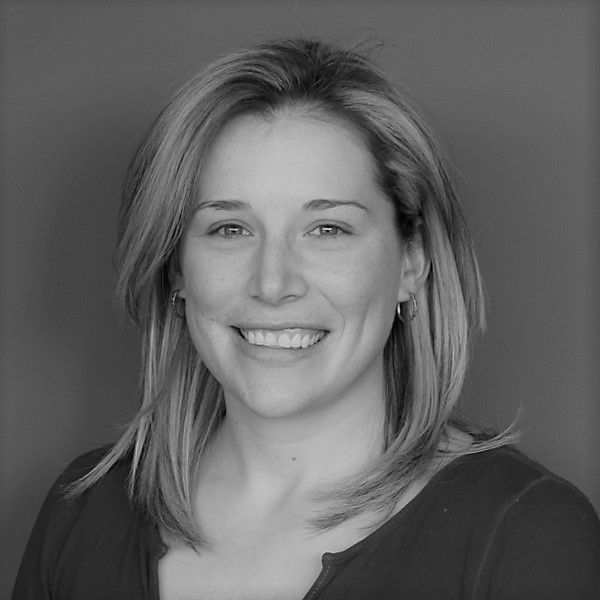
|
Kristin Vaughan
Senior Environmental Scientist
Stantec
Ms. Vaughan is a plant ecologist who has been working in a range of upland and wetland habitats across South Florida for the last 13 years. In addition to her permitting work, she has been designing and conducting scientific research and monitoring projects for both private and public clients. Ms. Vaughan has presented her work in multiple conferences and also published some of her research in peer-reviewed journals.
|
Session 8.2 B
Biological Resources | Batty Bridges, How to Protect Bats Prior to Bridge Demolition
10:30 AM – 11:00 AM
| About the Presentation |
|
The Texas Department of Transportation proposed demolition of two bridges with large maternity colonies (7,000 to 16,000 bats) along the I-35 corridor in Austin, Texas. During the spring and fall of 2024, Stantec with support from Zara Environmental LLC, performed partial exclusions at each bridge in advance of demolition activities. This effort successfully removed the bat colonies within the exclusion zone and limited construction-phase mortality by reducing available habitat for maternity use prior to bridge demolition.
Learning Objectives
- Methods for bat/bridge exclusions, including lessons learned
- Innovative approaches to managing animal/infrastructure interactions
|
| About the Speaker(s) |
|
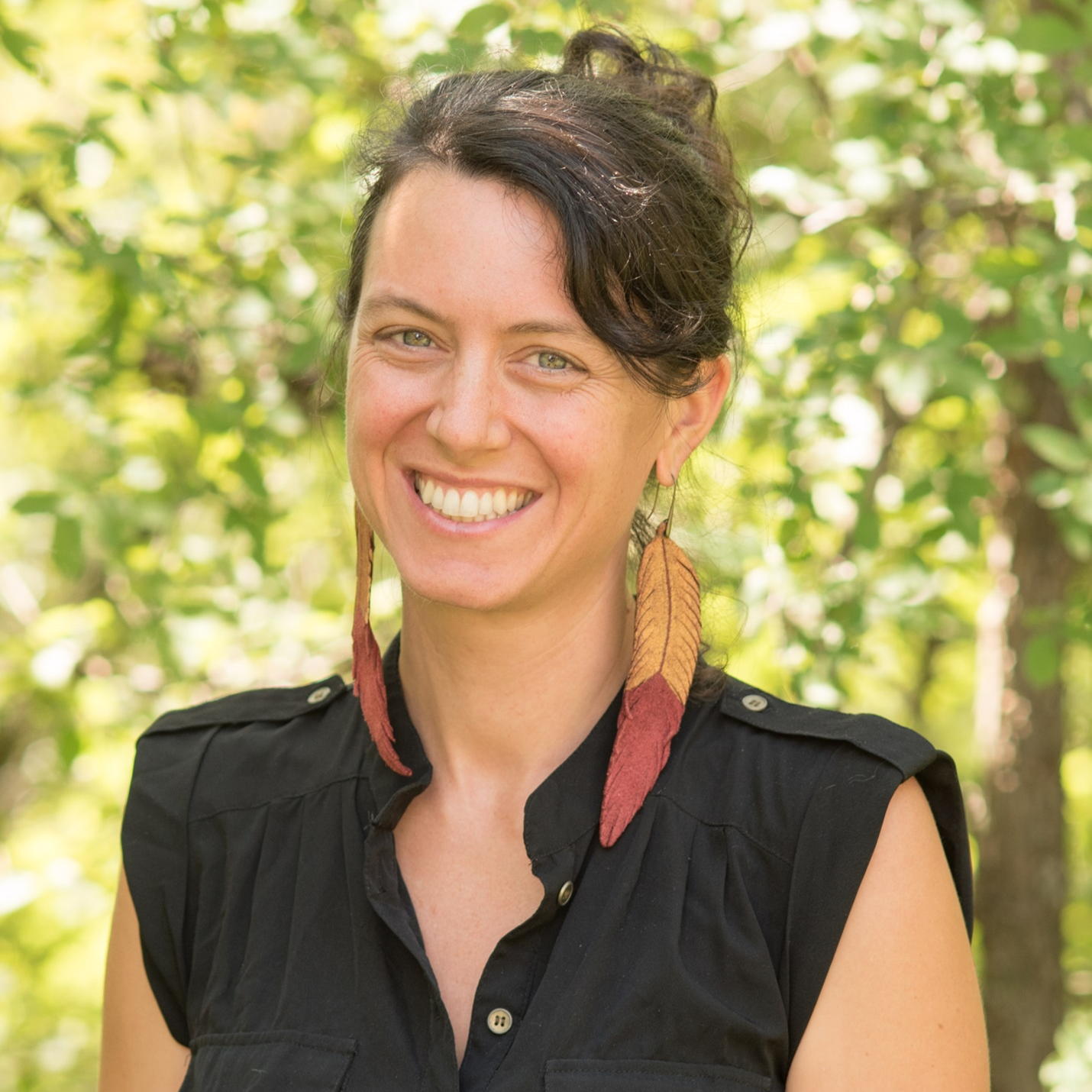
|
Liza Colucci
Project Manager/Senior Scientist
Zara Environmental, LLC
Liza Colucci has 17 years of experience working with endangered species and ecosystem restoration in Texas as a conservation biologist. She has extensive experience monitoring endangered species, restoring endangered species habitats, and implementing Habitat Conservation Plans (HCP). Her experience also includes developing HCPs, consulting with the U.S. Fish and Wildlife Service (Biological Evaluations and Assessments), coordinating with the Army Corps of Engineers, and working with a diversity of clients to obtain environmental compliance.
Liza has overseen preconstruction and construction phase environmental services for numerous high-profile construction and maintenance projects in critical habitat units and within known habitat of federally listed species. Her experience in the public and private sectors and her expertise as a 10(a)(1)(A) permitted biologist for many species across the southwest provide guidance to complex projects requiring species protections.
|
Session 8.2 C
Biological Resources | How our Natural Environment Speaks to Us
11:00 AM – 11:30 AM
| About the Presentation |
|
Most of the focus of sound evaluations for environmental studies is on anthropogenic noise sources and their potentially harmful side effects. When the sound from these sources is quieted to the point of being inaudible, our aural environment becomes dominated by sounds from the active world of our ecosystem, which generates its own euphonious and cacophonous acoustic signatures. The natural soundscape is rich with a mixture of audible communication forms that can both be powerful and subtle. Our ultimate goal in controlling man-made noise is to permit us to experience the language and associated effects of how the natural world speaks to us, along with how we can benefit from it.
I spoke at last year's NAEP conference about the physiological and psychological effects of noise on people to give us an understanding of the potential negative effects of excessive anthropogenic noise exposure. This discussion is an offshoot of that one, offering an appreciation of the rewards we can experience after that unwanted noise has been effectively eliminated. From the nuances of animal communications to the subtle expressions of vegetation and water movements, our natural environment provides a symphony of sounds that can speak to us with valuable messages if we listen to them. This presentation will provide attendees with an aural view of our natural environment to give us an appreciation of the benefits of preserving it.
Learning Objectives
Coming soon.
|
| About the Speaker(s) |
|

|
James P. Cowan, INCE Board-Certified
Lead Acoustician
Dudek
James P. Cowan is the Lead Acoustician at Dudek. He is a board-certified noise control engineer (through the Institute of Noise Control Engineering) with more than 40 years of field experience, has taught university-level acoustics courses for 25 years, and is the author of Handbook of Environmental Acoustics (published by Wiley in 1994), Architectural Acoustics Design Guide (published by McGraw-Hill in 1999), and The Effects of Sound on People (published by Wiley in 2016). He has a master's degree in Acoustics from Pennsylvania State University.
|
Session 8.3 A
Transportation | Urban Rail Noise: Comparison of FTA Methodology with CadnaA Modeling
10:00 AM – 11:00 AM
| About the Presentation |
|
A variety of models and methods have been developed for assessing rail noise impacts. Potential impacts may occur when: 1) a new rail facility is proposed; 2) modifications or additional operations are proposed for an existing rail facility; or 3) a residential or other sensitive use is proposed in the vicinity of an existing rail facility. Projects requiring discretionary approval from New York City agencies are subject to City Environmental Quality Review (CEQR) guidelines and methodologies, which are documented in the CEQR Technical Manual1 (CTM). Projects that require discretionary approvals from federal agencies are subject to the National Environmental Policy Act (NEPA) and federal agency regulations. The technical approach for analyzing rail noise impacts depends on the project context and the environmental review lead or review/resource agency. CTM methodologies are generally considered to be stringent and have been adopted for NEPA analyses for New York City projects. For projects without federal jurisdiction, the CTM requires analysis of i) a proposed project that would include a new train facility or that would add trains to an existing facility; or ii) a proposed project that would introduce a receptor within 1,500 feet of an existing train facility and having a direct line of site to the train facility.
It recommends the use of methodologies developed by the Federal Transit Administration (FTA), but also indicates that computerized models such as CadnaA or SoundPLAN may be used, provided that noise monitoring be used to validate the noise levels provided by the computer models. While the use of the FTA methodology, which is based on user-friendly spreadsheets, would be acceptable for a project in NYC, the use of a computer model like CadnaA assumes a more accurate result. This is important if the developer does not want to risk an analysis that overestimates the amount of window attenuation required to ensure a suitable indoor noise level. A greater degree of accuracy is also important for the construction analysis, where homes adjacent to the construction site may experience significant adverse impacts. This paper examines a proposed residential development in the Bronx that is bounded by eight rail tracks. It compares the noise projected by the FTA methodology with results from CadnaA. The federal agencies and the CTM advocate the use of the relatively simple methods developed by federal agencies, but does the use of a complex computer model like CadnaA provide more accuracy?
Learning Objectives
Coming soon.
|
| About the Moderator |
|

|
Kovid Saxena, AICP, LEED AP, ENV SP
Practice Leader, Environmental Planning
T.Y. Lin
Kovid Saxena is Practice Leader, Environmental Planning at T.Y. Lin. As a leader in environmental planning and policy, he has 25 years of experience in providing consulting and advisory services for environmental planning, real estate, community development, transportation and infrastructure projects. With a background in management of complex projects and leading multidisciplinary teams, Kovid has led a broad range of environmental impact assessments, feasibility studies, transportation and land use planning studies, and alternatives analyses. He currently serves on the NAEP board of directors, Urban Land Institute New York Infrastructure Council, and Municipal Art Society of New York Planning Committee. Kovid holds a Master of Science in Urban Planning from Columbia University.
|
| About the Speaker(s) |
|
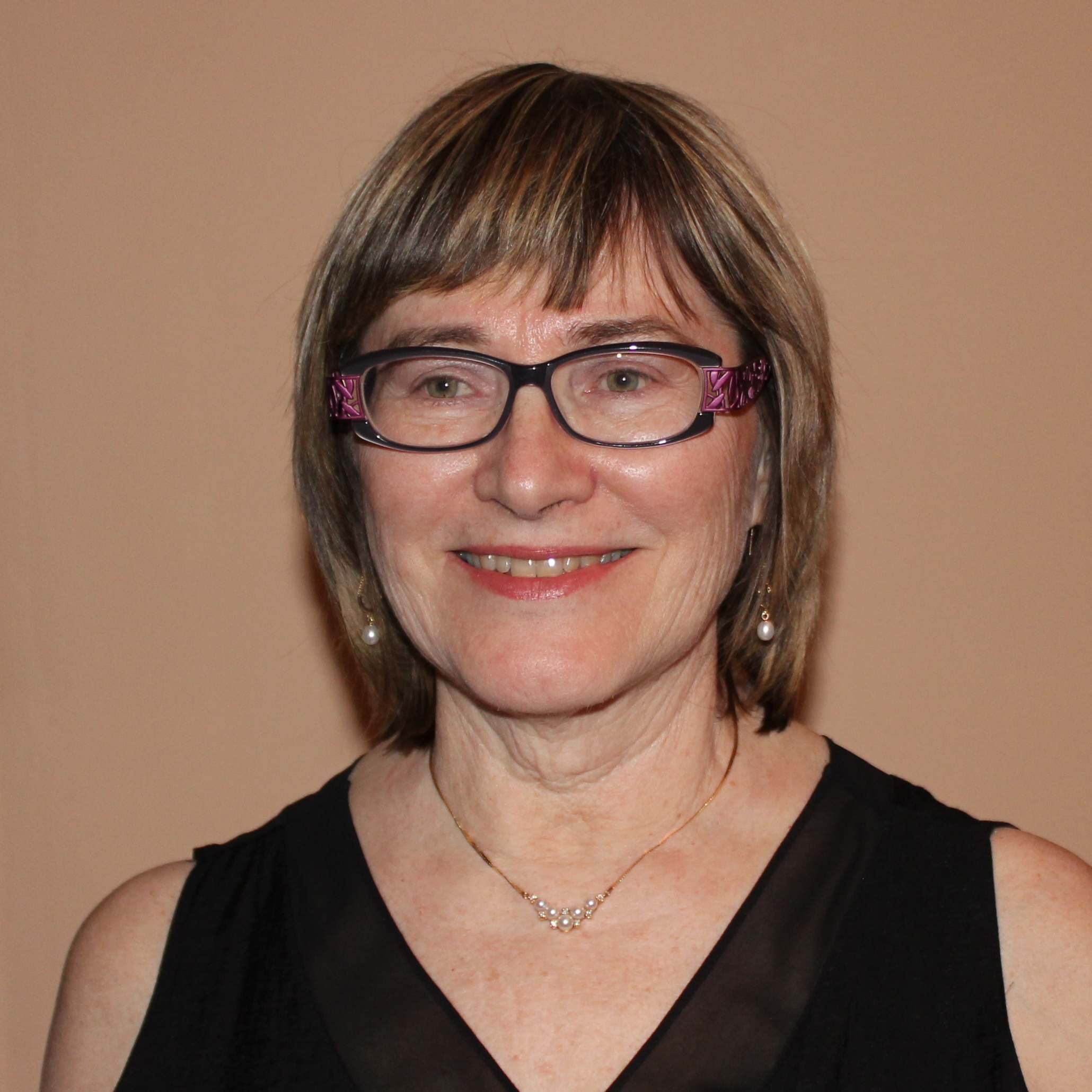
|
Nancy Neuman, Ph.D.
Senior Technical Advisor - Air Quality and Noise
AECOM
Nancy Neuman, Ph.D. has over 40 years of experience and has led hundreds of environmental review studies in New York City and the surrounding metropolitan area. A leader in air quality and noise modeling conforming to CEQR, SEQRA and NEPA requirements, her experience includes modeling air quality concentrations and noise levels from a wide variety of mobile and stationary sources, as well as monitoring noise. She has extensive experience with EPA software such as MOVES for air quality emissions, AERMOD for air quality dispersion, and CadnaA for noise analysis.
|
Session 8.3 B
Transportation | P.E.L. Update: Getting Transportation Infrastructure Right
11:00 AM – 11:30 AM
| About the Presentation |
|
Integration of environmental and socioeconomic considerations into transportation decision-making is critical in shaping the outcome of one of the most significant infrastructure program pipelines in recent decades. Based on the authors' experience with planning and delivering of major transportation infrastructure, this presentation will focus on the planning-environmental linkage, its role in the project development process, and the framework it provides. Benefits for transportation agencies will be highlighted with examples including Infrastructure Investment and Jobs Act- (IIJA-) funded projects.
IIJA, signed into law on November 15, 2021, is the largest long-term investment in our infrastructure and economy in the nation's history, providing $550 billion over four years for infrastructure, including in roads, bridges, and mass transit, water infrastructure, resilience, and broadband. The RAISE program commits to USDOT funding especially in adversely affected communities. To deliver equitable outcomes, decisionmakers must appreciate that environmental planning is foundational to equity, public health, and sustainable development. The Reconnecting Communities program would restore community connectivity through reimagining infrastructure.
The National Environmental Policy Act (NEPA), Environmental Justice (Executive Order 12898), and Health Impact Assessment provide the planning framework that agencies must embrace to ensure equitable outcomes.Transportation agencies are required to establish procedures for complying with NEPA, and associated federal and state laws and regulations. These procedures provide planning, environmental and engineering framework for the consistent development of analysis, technical studies, and environmental documentation for transportation projects.
The resulting study is the first step in the project development process to ensure that transportation projects are developed with consideration of current engineering standards, project costs, and minimization of social and environmental impacts, while involving the public. Transportation agencies can conduct a Planning and Environment Linkages (PEL) study, which represents a collaborative and integrated approach to transportation decision-making that 1) considers environmental, community, and economic goals early in the transportation planning process, and 2) uses the information, analysis, and products developed during planning to inform the environmental review process.This presentation will establish the need for and benefit from embracing the PEL framework in delivering transportation infrastructure that would define the 21st century, and present update FHWA PEL guidelines.
|
| About the Speaker(s) |
|

|
Kovid Saxena, AICP, LEED AP, ENV SP
Practice Leader, Environmental Planning
T.Y. Lin
Kovid Saxena is Practice Leader, Environmental Planning at T.Y. Lin. As a leader in environmental planning and policy, he has 25 years of experience in providing consulting and advisory services for environmental planning, real estate, community development, transportation and infrastructure projects. With a background in management of complex projects and leading multidisciplinary teams, Kovid has led a broad range of environmental impact assessments, feasibility studies, transportation and land use planning studies, and alternatives analyses. He currently serves on the NAEP board of directors, Urban Land Institute New York Infrastructure Council, and Municipal Art Society of New York Planning Committee. Kovid holds a Master of Science in Urban Planning from Columbia University.
|
|

|
Ed Frantz
Senior Technical Advisor - Transportation Environmental
T.Y. Lin
Ed Frantz worked for the New York State Department of Transportation for over 20 years, including as a Regional Environmental Manager and Adirondack Park and Forest Preserve Manager. Prior to that Mr. Frantz worked six years for the NYS Dept of Environmental Conservation as a Wetlands Specialist. He currently serves on the board of the NYS Wetlands Forum, is a former Chairman of the NYS Flora Association, a member of the Abstract Review Team for the International Conference on Ecology and Transportation, founding member of the Adirondack Park Invasive Plant Program, a former board member for the NYS Invasive Plant Council, and serves on the National Research Council- Transportation Research Board: Committee on Ecology and Transportation.
|
Back to Schedule
Session 8.4 (ORIGINALLY SESSION 4.1)
NEPA | Seven County Infrastructure: A Journey to the Supreme Court
10:00 AM – 11:30 AM
| About the Presentation |
|
In December 2024, the U.S. Supreme Court heard its first NEPA case in over 20 years, Seven County Infrastructure v. Eagle County. The ruling in this case is expected to define the scope of an agency's NEPA obligations for decades to come. This panel, which includes people who were involved with the project from Day 1 all the way through the Supreme Court argument, will recount the journey from the initial project proposal to the Surface Transportation Board, the preparation of the Environmental Impact Statement, the first legal challenge to the STB's NEPA review, and ultimately, the appeal to the Supreme Court. The discussion will provide first-hand insight on how the project NEPA team and legal counsel (knowing that this project would be controversial) attempted to anticipate and respond to challenges to the EIS even before litigation was filed. For example, the panel will discuss how they decided which impacts qualified as reasonably foreseeable and which did not, and how that issue might be addressed by the Supreme Court. The panel will also provide insight into how the project's legal defense team worked with consultants to prepare a defensible EIS and balance NEPA's requirements with reasonable limits on technical review. Finally, the panel will offer reactions to the Supreme Court oral argument and offer modest predictions into the final decision, expected in June 2025.
Learning Objectives
Provide updates on the pending Supreme Court case and insights into how technical NEPA work and legal defense were coordinated through the administrative process and legal review.
|
| About the Speaker(s) |
|
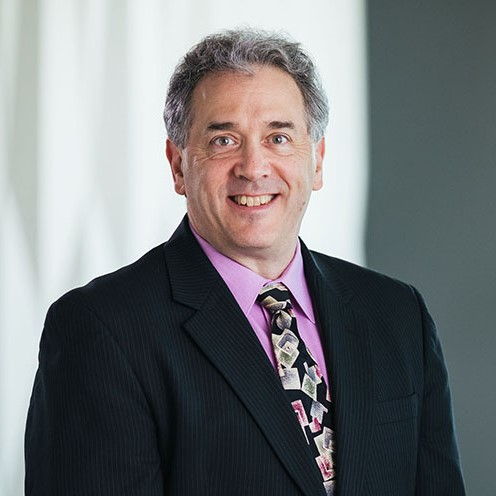
|
Fred Wagner, JD
Principal Environmental Advisor, Environmental Solutions
Jacobs
Fred Wager focuses on environmental and natural resource issues, associated with major infrastructure, mining, and energy project development. Fred was appointed Chief Counsel of the U.S. Federal Highway Administration (FHWA) during the Obama administration. Fred began his career as a trial attorney in the Environment Division of the U.S. Department of Justice. He also served as a special assistant U.S. attorney in the Misdemeanor Trial Section of the U.S. Attorney's Office for the District of Columbia. Prior to joining Jacobs, Fred spent more than 25 years in private practice in two national law firms, focusing on all aspects of environmental and natural resources law. He routinely defended project permits and approvals in federal court, including at the U.S. Supreme Court.
|
|
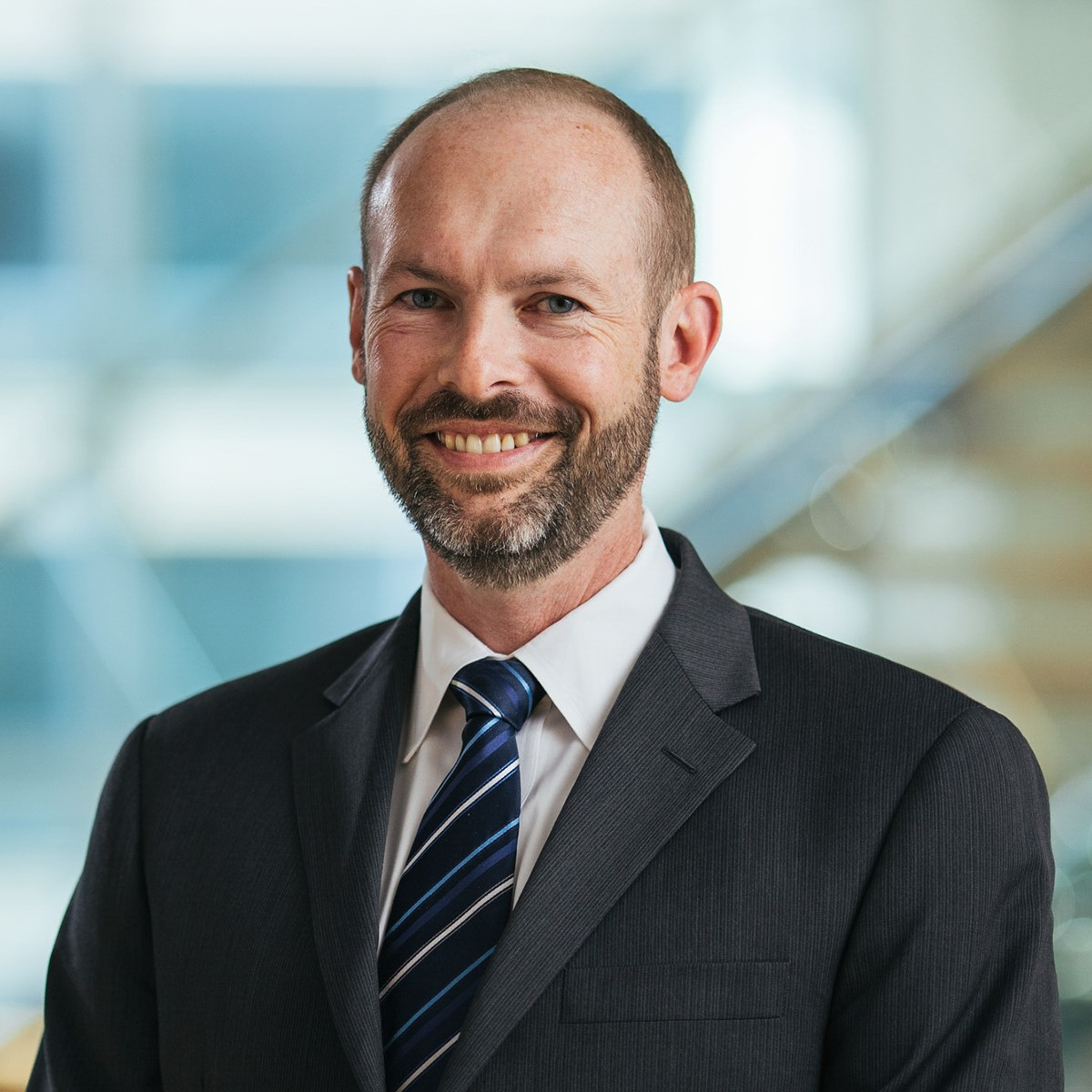
|
Jay Johnson, JD
Partner
Venable LLP
Jay Johnson serves clients in a wide range of infrastructure and natural resource contexts, both by guiding them past regulatory and environmental review obstacles to win agency approvals and by litigating the complex issues that often arise in such contexts. Jay focuses on projects that attract scrutiny from both regulators and third-party groups, including mining, rail and surface transportation, and port projects. Jay has briefed and argued dozens of cases in trial and appellate courts around the country. He also successfully petitioned for U.S. Supreme Court review as counsel of record in Seven County Infrastructure Coalition v. Eagle County, which the Court will hear during its October 2024 term.
|
 |
Mark Michel
Co-Founder and Managing Partner
DHIP Group
Co-Founder and Managing Partner at the DHIP Group where he leads the infrastructure line of business. Mr. Michel directs equity investments in high quality infrastructure assets in the energy, transportation and water/waste asset classes where we possess deep experience and strong industry and political relationships bringing above-average returns and value to our limited partners by custom tailoring financing solutions across a breadth of capital needs, including greenfield and brownfield projects, acquisition finance, liquidity and growth, restructuring and secondary purchases. Mr. Michel currently serves as the Chief Executive Officer and Chairman of the Board of Directors at Integrated Rail and Resources Acquisition Corp.
|
Back to Top
|